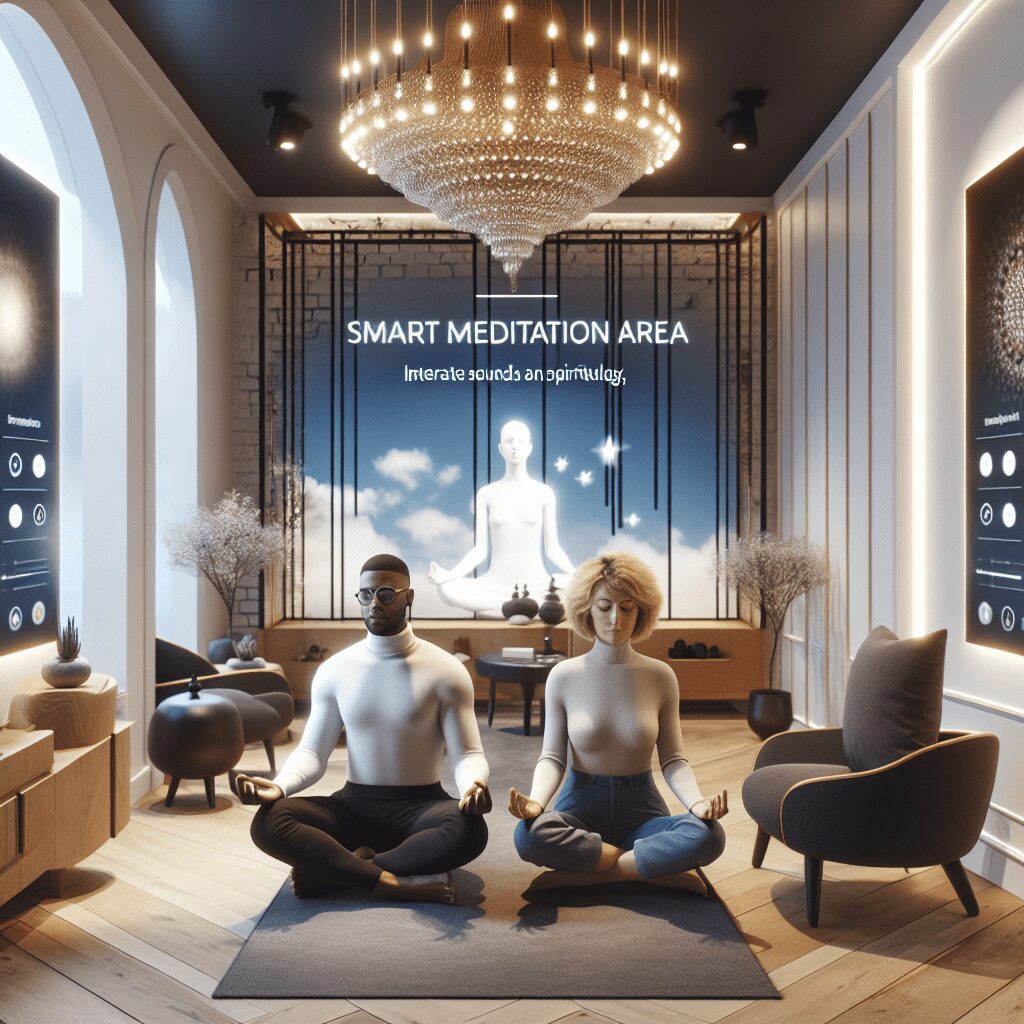
Prioritize your mental well-being daily. Enhance your life by nurturing your mental health with the Smart Meditation app. Break free from stress, alleviate anxiety, and enhance your sleep quality starting today.
Can An Mri Show Anxiety?
Unraveling the Enigma: Can an MRI Show Anxiety?
In the intricate labyrinth of mental health, anxiety stands out as a particularly elusive specter. Those grappling with its clutches often find themselves asking, “Can modern medicine’s eye in the sky, the MRI, shed light on this shadow?” Let’s dive deep into this intriguing question, navigating through the realms of neuroscience to discover what current technology reveals about anxiety.
The Brain Under Siege: Anxiety in the Spotlight
At its core, anxiety is a complex emotional response to stress, characterized by feelings of tension, worried thoughts, and physical changes like increased blood pressure. But does it leave a mark on the brain that an MRI can detect? Well, it’s not a simple yes or no answer, but rather a fascinating exploration of what MRIs can reveal.
The Power of MRIs: Peering into the Brain
MRI, or Magnetic Resonance Imaging, is a mighty tool in the medical arsenal, allowing doctors to take an unparalleled peek inside the human body without making a single cut. It excels at providing detailed images of the brain’s structure, offering a window into the unknown. When it comes to anxiety, MRIs are akin to detectives, searching for clues in the brain’s labyrinth.
The Evidence: What We’ve Unearthed So Far
In terms of anxiety, MRIs have been crucial in identifying structural and functional differences in the brains of those affected. Here’s what the sleuthing has unveiled:
-
Gray Matter Volume: Studies have shown that individuals with anxiety disorders often have variations in the volume of gray matter in certain regions of the brain, such as the prefrontal cortex and amygdala. These areas are pivotal in managing fear, emotion, and stress responses.
-
Brain Circuitry: Beyond the structures, the way different parts of the brain communicate might also be altered in anxiety. Functional MRI (fMRI), a special kind of MRI, can track blood flow in the brain, highlighting areas of activity. This has unearthed altered patterns in the brain’s connective pathways in those with anxiety, suggesting a disruption in the neural circuits involved in emotional regulation.
-
The Stress Response: The hypothalamic-pituitary-adrenal (HPA) axis, a critical player in the body’s response to stress, has also been scrutinized using MRI technology. Changes in the size and function of the hippocampus and prefrontal cortex have been linked to maladaptive stress responses in anxiety disorders.
So, Can MRI Actually “Show” Anxiety?
Here’s the rub: while MRIs are fantastic at providing insights into the structural and functional changes associated with anxiety, they don’t serve as a diagnostic tool for the condition per se. Think of them as part of a broader investigative approach, one that includes psychological evaluation, patient history, and other diagnostic assessments.
MRI: A Piece of the Puzzle, Not the Whole Picture
The findings from MRIs contribute immensely to our understanding of anxiety and how it operates within the brain’s intricate networks. However, they don’t translate directly into a diagnostic checkbox for anxiety. Instead, they arm clinicians and researchers with invaluable data to tailor more effective treatment strategies and unravel the neurobiological underpinnings of anxiety disorders.
Wrapping It Up: A Journey of Discovery
In essence, while an MRI can’t outright diagnose anxiety, it’s a powerful ally in the ongoing battle against this pervasive condition. By illuminating the brain’s intricate dance with anxiety, it opens avenues for more targeted interventions and fosters a deeper comprehension of the mental health challenges millions face worldwide. The journey to fully understand anxiety is a marathon, not a sprint, and MRIs are proving to be indispensable companions along the way.





